Networks Under UH Rainbow Babies & Children's Umbrella Share Knowledge to Boost Quality
February 28, 2022

Innovations in Pediatrics | Spring 2022
Emergency medicine, trauma, primary care, newborn networks extend reach beyond the four walls of the “main campus” hospital
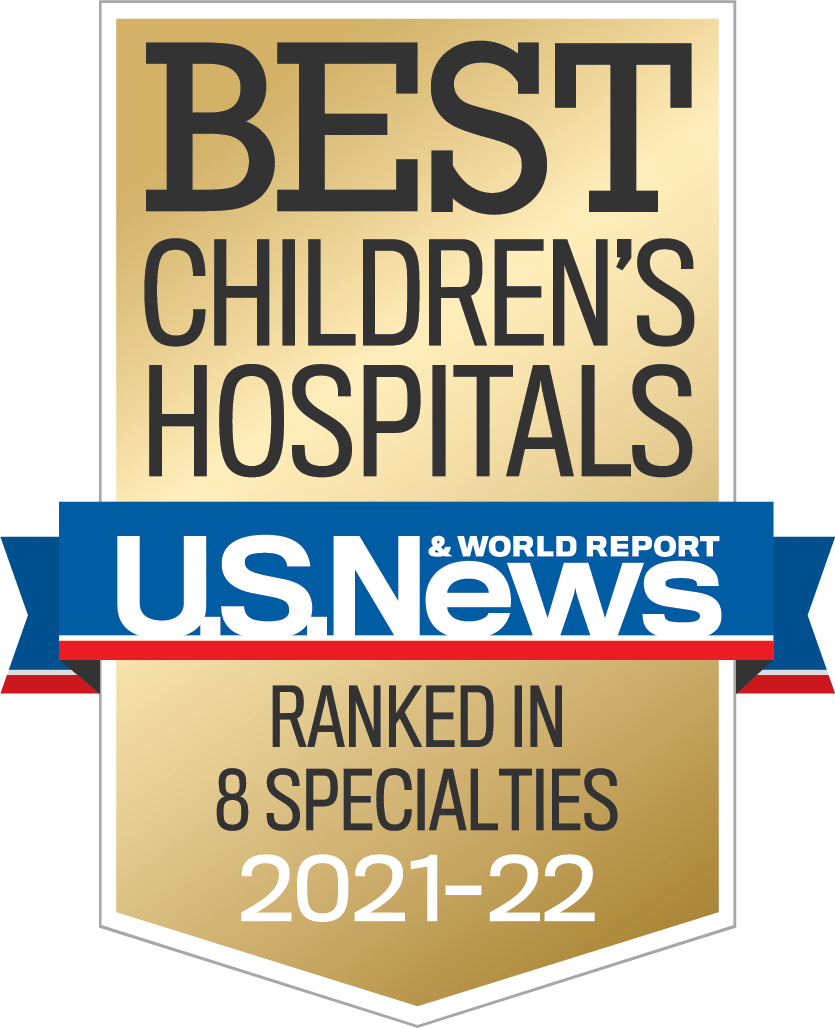
Achieving high quality in healthcare requires sharing expertise, whether on a patient’s individual clinical team or more broadly with colleagues within a health system, region -- even an entire nation. Knowledge leads to more knowledge, facilitating innovation and problem-solving.
This kind of dissemination is going on at all levels at UH Rainbow Babies & Children’s Hospital.
Take Emergency Medicine as an example. Through the Rainbow Emergency Services Network, UH Rainbow emergency medicine specialists are empowering Pediatric Emergency Care Coordinators at every community hospital in the vast UH system, providing them with the training and education they need to successfully lead their individual hospital in pediatric emergency care.
“We want to ensure that our sites all have the right equipment, the right education and all the necessary medications to care for children, no matter what comes in their doors,” says Michelle Moegling, RN, BSN, CPN, Coordinator of Rainbow Community Pediatric Emergency Services.
“We also like to have those care coordinators represented in our pre-hospital community, too, meaning EMS,” adds UH Rainbow pediatric emergency medicine specialist Deanna Dahl-Grove, MD. “High-quality care really starts in the field. By providing EMS providers the tools and best practices, educational products, through the pre-hospital community, and then into emergency departments, the goal of the network is that kids can be cared for in their communities instead of just children's hospitals.”
In fact, the Rainbow Emergency Services Network at University Hospitals has a rich source of expertise to draw on to make this a reality. Pediatric Emergency Medicine Division Chief and Chief Quality Officer Charles Macias, MD, MPH, and Dr. Dahl-Grove, for example, are recipients of a $3 million grant from the U.S. Department of Health and Human Services’ Office of the Assistant Secretary of Preparedness and Response. The funds are being used to establish a Pediatric Disaster Care Center of Excellence – one of just two in the country. The Eastern Great Lakes Pediatric Consortium for Disaster Response, led by UH Rainbow and accompanied by five other children’s hospitals in Michigan and Ohio, is developing a multi-pronged approach to address gaps across the disaster cycle spectrum of mitigation, preparedness, response and recovery for nearly 7 million children. The network has recently expanded to include four more states and is becoming the Region V for Kids Network.
More recently and based on the success of this initial group, Dr. Macias and UH Rainbow received a $48 million grant from the Health Resources and Services Administration to establish a Pediatric Pandemic Network that will support the planning and preparation of child healthcare facilities and their communities to respond to global health threats, including pandemics, and support those same communities in everyday pediatric readiness. This is the largest grant UH Rainbow has received in its history.
Dissemination of best practices is key to the new national effort, Dr. Macias says.
“This network of five children’s hospitals representing broad geographic diversity will serve as a hub-and-spoke model of expertise to support efforts for pediatric readiness and disaster preparedness (including pandemics) by incorporating specific focus areas, called “domains” (such as trauma, equity, analytics, and others) to define best practices as supported by the ASPR, HRSA, Emergency Medical Services for Children (EMSC), and other related organizations,” he says.
This kind of approach to boosting quality is well-received by hospital workers, Dr. Dahl-Grove says. She led a recent quality improvement collaborative involving 30 hospitals from Ohio, Michigan and Canada through the Eastern Great Lakes Pediatric Consortium for Disaster Response, with positive feedback from participants.
“We looked specifically at how community hospitals could actually prepare themselves better for disasters,” she says. “There was an educational component, but then there was also a community of practice component so people could share ideas about what they're doing. It’s a very powerful way to learn.”
Closely related to this work in pediatric emergency preparedness through UH Rainbow are efforts to ensure that the UH system’s trauma centers designated by the American College of Surgeons (ACS) meet the organization’s new “peds-ready” quality metrics.
It’s a natural fit, says UH Rainbow pediatric surgeon Michael Dingeldein, MD, Director of the hospital’s Level I Pediatric Trauma Center – the only such center in northern Ohio.
“Pediatric trauma is one of the original areas of development in the field of surgical quality and, and hospital quality,” he says. “Rainbow was one of the first to be verified as a Level I Pediatric Trauma Center in the country. This is actually our 30th anniversary this year. Now the ACS and trauma centers across the country are really taking the initiative to make sure that all centers are ready, prepared for kids, which is actually a huge step. That's a big deal.”
Within UH, Dr. Dingeldein and his team are looking to the network of Pediatric Emergency Care Coordinators deployed across the system to help accomplish the goal. No clinical site is too small to have one, he says.
“Even our non-trauma center hospitals have emergency rooms, and take care of kids,” he says. “It's taking these same standards and making sure that we have a good approach for meeting them. Rainbow and the emergency medicine group, especially, have always done this to an extent. They've always tried to make sure that the emergency rooms in our system have appropriate pediatric capabilities. But what this allows us to do is take it to a whole new level. They already do a good job. We want them to do a great job.”
Other networks within UH Rainbow are also innovating and disseminating expertise to boost quality. The UH Rainbow Primary Care Institute, for example, has an ambitious effort under way to help its pediatricians boost adolescent vaccination rates for meningitis, HPV and Tdap, which have been lagging since the COVID-19 pandemic.
“One way that we are trying to do that is we introduced the concept of vaccine protocol,” says UH Rainbow pediatrician Douglas Fleck, MD, Quality Improvement Medical Director. “A vaccine protocol allows non-provider personnel, such as MAs, RNs, and LPNs, to vaccinate patients without direct involvement of that provider at the time of vaccination. That way we can bring more people into the office. They don't necessarily feel like they have to go to a pharmacy or alternate sites. It's also lower cost because sometimes they can come to these visits and they won't necessarily get billed for a doctor visit, per se. It underscores the importance of the medical home and trying to keep things in one place. When care is scattered, that increases the potential for error.”
Dr. Fleck says he is instituting a provider dashboard so that UH Rainbow pediatricians can compare their vaccination rates with that of their colleagues. He says he hopes it will stimulate conversations about what works.
“The nice thing about the UH Rainbow Primary Care Institute is we can learn from each other,” he says.
Other quality networks are also in place within the UH system. In UH hospitals that offer labor and delivery, teams are poised to begin a neonatal simulation project to boost quality and increase preparedness for a relatively uncommon emergency at community sites – a complex neonatal code. Provided through the UH Rainbow Newborn Network, this monthly low-fidelity simulation training involves high-acuity, low-occurrence scenarios carried out by teams normally involved in neonatal resuscitation, including ancillary staff such as anesthesia or ED physicians who may be called on for difficult intubations. The teams will run the codes in real time. Grant funding has provided a preemie and a full-term mannequin, as well as replicate code carts and site-specific equipment and supplies for each of the four community hospitals involved.
“Staff develop muscle memory from in-situ simulations,” says UH Rainbow pediatric hospitalist Melanie Stempowski, MD, who leads this effort in UH community hospitals. “What we're trying to do is to use these simulations to improve not only neonatal skills, teamwork, and communication, but also for process improvement at each site. There is a process in place for each site to activate a code and bring a team together to do what needs to be done, but it needs to be reinforced when they do it so infrequently."
Facilitators at each site were identified and trained in simulation and debriefing which will allow the sites to be self-sufficient, and mock codes to continue even after the project is complete.
The theme with all of this quality work, according to Dr. Macias, is extending the reach of UH Rainbow through networks so that each pediatric specialist and team member, whether within the UH system or outside of it, benefits from what’s being learned here in trying to create ever-better health outcomes for children – in Cleveland, the region and the nation.
“When it comes to quality, knowledge is power,” he says.
For more information on the quality networks within UH Rainbow Babies & Children’s Hospital, please email Peds.Innovations@UHhospitals.org.
Contributing Experts:
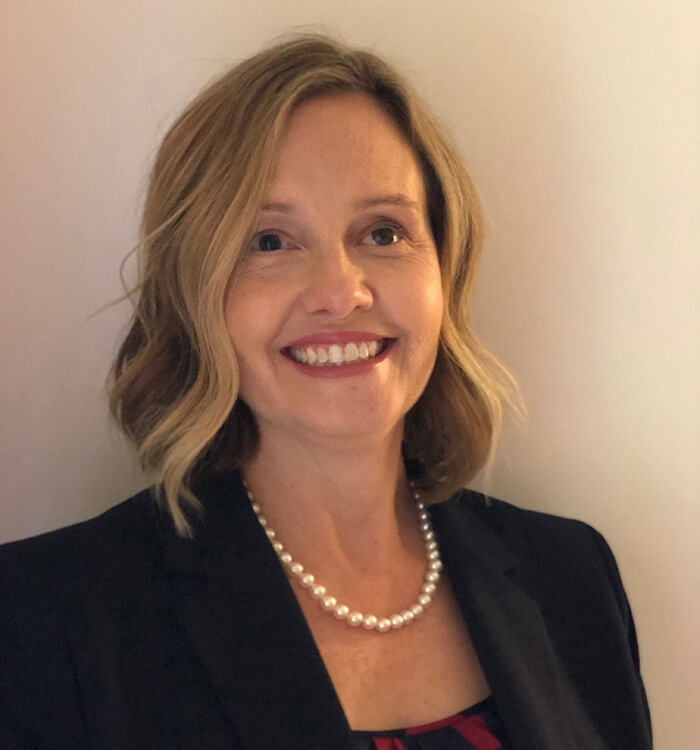
Michelle Moegling, RN, BSN, CPN
Coordinator of Rainbow Community Pediatric Emergency Services, UH Rainbow Babies & Children’s Hospital

Deanna Dahl-Grove, MD
Pediatric Emergency Medicine Specialist, UH Rainbow Babies & Children’s Hospital
Professor of Pediatrics, Case Western Reserve University School of Medicine
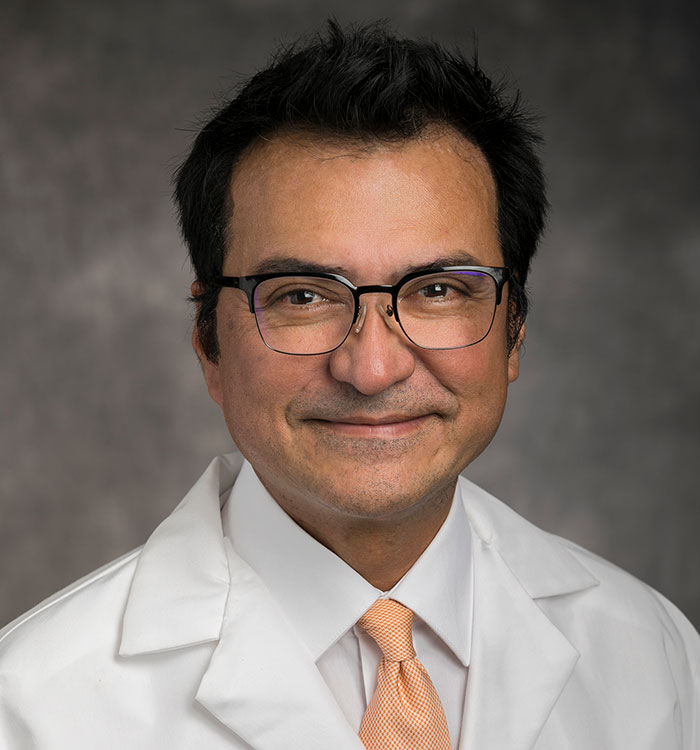
Charles Macias, MD, MPH
Pediatric Emergency Medicine Division Chief and Chief Quality Officer
UH Rainbow Babies & Children’s Hospital
Clinical Associate Professor of Pediatrics, Case Western Reserve University School of Medicine
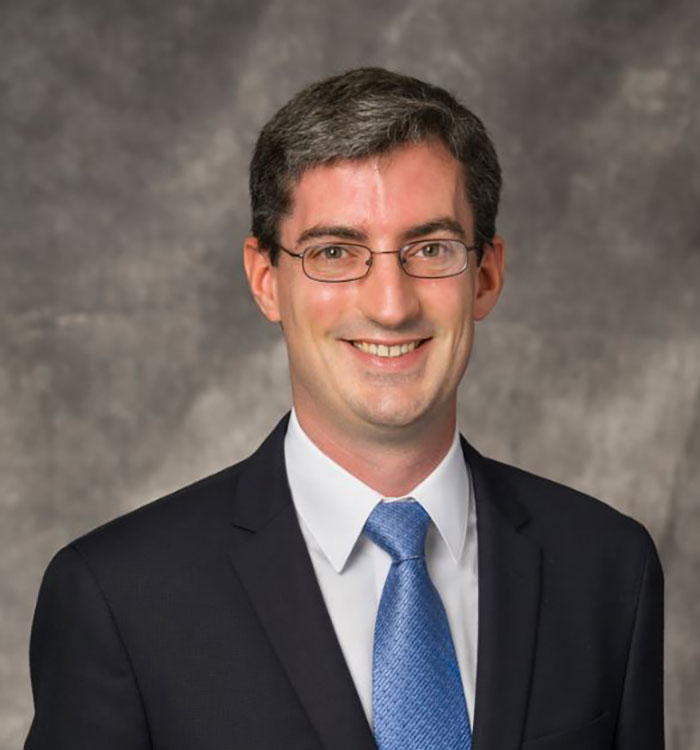
Michael Dingeldein, MD
Director, Pediatric Trauma, UH Rainbow Babies & Children’s Hospital
Assistant Professor of Surgery, Case Western Reserve University School of Medicine
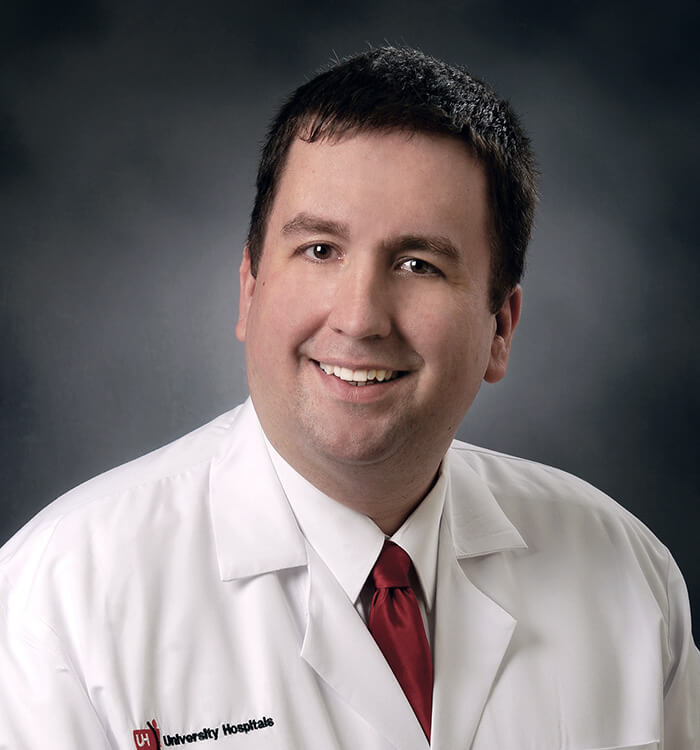
Douglas Fleck, MD
Regional Medical Director for Quality, UH Rainbow Babies Primary Care Institute
Clinical Assistant Professor of Pediatrics, Case Western Reserve University School of Medicine
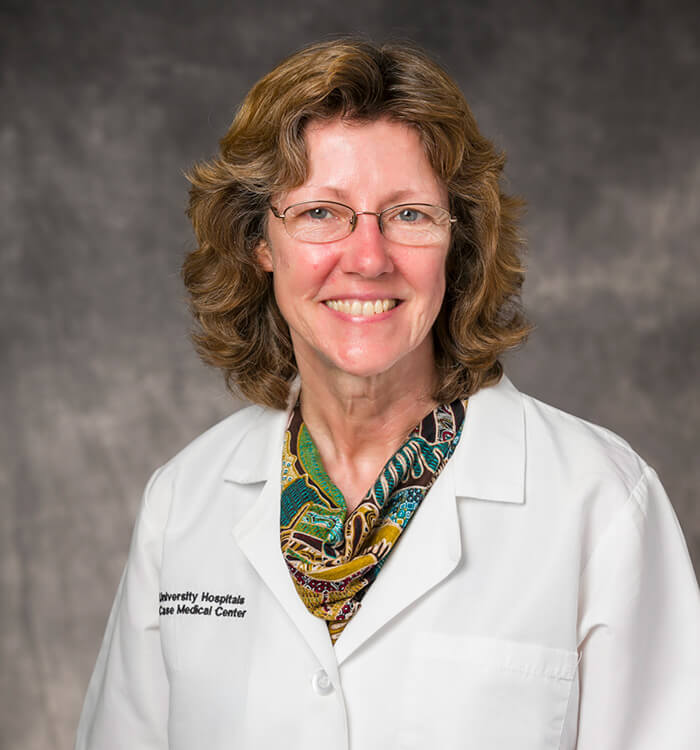
Melanie Stempowski, MD
Pediatric Division Chief, UH St. John Medical Center
Assistant Professor of Pediatrics, Case Western Reserve University School of Medicine


